Philodendron White Wave Birkin Care Guide
Light: Philodendron White Wave Birkin thrives in bright, indirect light. While it can tolerate low light, its unique white variegation will be more pronounced with medium to bright indirect light. Avoid direct sunlight, as it can cause leaf burn.
Water: Allow the soil to dry out between waterings. Overwatering can lead to root rot, so ensure the pot has proper drainage. During the growing season (spring and summer), water more frequently, but reduce watering in autumn and winter when the plant’s growth slows.
Humidity: Philodendron White Wave Birkin prefers moderate to high humidity levels (50-60%). It can tolerate average room humidity, but misting or placing it near a humidifier during dry months will help it thrive.
Temperature: This plant does well in temperatures between 18-26°C. Keep it away from drafts, cold windows, and air conditioning vents, as sudden drops in temperature can stress the plant.
Soil: Use our Premium Hand blend Aroid Potting Mix , available on our website. This mix provides excellent drainage and aeration, perfect for keeping your Philodendron’s roots healthy and well-drained.
Fertiliser: Feed the plant with a balanced liquid fertiliser every 4-6 weeks during the growing season (spring and summer). Stop feeding during the dormant season (autumn and winter).
Repotting: Repot every 1-2 years, or when the plant becomes root-bound, in a pot that is one size larger. This encourages healthy root development.
Pruning: Pruning is not necessary but can be done to remove damaged or yellowing leaves. Always use sterile scissors to avoid introducing pests or diseases.
Troubleshooting Common Issues
1. Yellowing Leaves:
Cause: Overwatering or underwatering are the most common reasons for yellow leaves.Solution: Check the moisture level in the soil. If it’s soggy, reduce watering, and ensure the pot has adequate drainage. If it’s dry, increase watering frequency.
2. Brown Leaf Tips:
Cause: Low humidity or inconsistent watering.Solution: Increase humidity by misting or using a humidifier. Make sure the soil is not completely drying out between waterings.
3. Leaf Curling:
Cause: Underwatering or cold drafts.Solution: Water the plant and ensure it’s placed away from cold air sources.
4. Fading Variegation:
Cause: Insufficient light.Solution: Move the plant to a spot with brighter, indirect light to encourage the white variegation to return.
5. Root Rot:
Cause: Overwatering or poor drainage.Solution: Remove the plant from its pot, prune any rotten roots, and repot in fresh, well-draining soil. Reduce watering frequency and make sure the pot has proper drainage.
6. Pests (Spider Mites, Mealybugs, or Aphids):
Cause: Dry conditions or new plants bringing pests into the home.Solution: Isolate the affected plant and treat with insecticidal soap or neem oil. Regularly check for signs of pests and maintain higher humidity to deter them.
*This plant is not pet friendly*
The Ultimate Care Guide for Philodendron Plants: Diverse and Elegant
Introduction and History Philodendrons are a diverse genus of tropical plants native to the Americas, particularly abundant in the rainforests of Central and South America. The genus name “Philodendron” is derived from the Greek words “philo,” meaning love or affection, and “dendron,” meaning tree, reflecting the plant’s natural tendency to climb trees in its native habitat.
The first recorded encounter with Philodendrons by European scientists dates back to the 16th century. In 1644, German naturalist Georg Marcgraf collected herbarium material of these plants during his explorations. However, it was French botanist Charles Plumier who made a more formal introduction of the genus to European science in the late 17th century, documenting several species during his travels in the Caribbean. The formal classification and naming of the genus Philodendron were established by Austrian botanist Heinrich Wilhelm Schott in 1829. Today, Philodendrons are cherished worldwide for their lush foliage and adaptability as houseplants.
Description and Features Philodendrons are known for their wide variety of shapes, sizes, and growth habits. They range from climbing vines to self-heading varieties with large, glossy leaves. Popular species and cultivars include:
Philodendron hederaceum (Heartleaf Philodendron) : A classic trailing variety with heart-shaped leaves.Philodendron erubescens (Pink Princess) : A striking cultivar with dark green leaves and pink variegation.Philodendron gloriosum : Known for its large, velvety, heart-shaped leaves with prominent white veins.Philodendron bipinnatifidum (Lacy Tree Philodendron) : Features large, deeply lobed leaves and a more tree-like growth habit.Philodendron melanochrysum : Prized for its velvety, dark green foliage with golden undertones.
Key Features
Pet-friendliness : Philodendrons are toxic to pets if ingested, so caution is advised in homes with animals.Low-light adaptability : While they thrive in bright, indirect light, many Philodendrons can tolerate low-light conditions.Moderate water needs : They prefer slightly moist soil but can tolerate occasional droughts.Air-purifying qualities : Known to improve indoor air quality by filtering toxins.Growth habit : Varies from climbing and trailing varieties to upright, self-heading plants.
Care Instructions
1. Watering
How much water does a Philodendron need? Water when the top 2-3 cm of soil feels dry. Overwatering can lead to root rot, while underwatering may cause leaves to droop.
Signs of overwatering: Yellowing leaves, soggy soil, and mushy stems.
What to do if you overwater your Philodendron: Allow the soil to dry out completely and reduce watering frequency. Trim any affected roots if rot occurs.
Underwatering signs: Wilting or curling leaves. Water thoroughly and consistently to revive the plant.
2. Light Requirements
Philodendrons prefer bright, indirect light but can adapt to lower light conditions. Avoid direct sunlight, which can scorch their leaves. If you’re wondering “can Philodendrons grow in low light?” the answer is yes, but their growth will slow.
3. Humidity and Temperature
Humidity: High humidity levels are ideal for most Philodendrons, but they can adapt to average household humidity.
Temperature: Keep between 18-26°C. Avoid cold drafts and sudden temperature changes.
4. Plant Food
Feed your Philodendron with a balanced liquid fertiliser every 4-6 weeks during the growing season (spring and summer). Reduce feeding in autumn and winter. If you’re searching “how to fertilise a Philodendron,” make sure the soil is moist before applying fertiliser to avoid root burn.
5. Pruning and Support
Prune regularly to remove yellowing or damaged leaves and to shape the plant.
Support climbing varieties with a moss pole or trellis to encourage vertical growth and healthier foliage. Moss poles are particularly beneficial as they retain moisture, promoting aerial root development. Highland Moss offers handmade sphagnum moss poles in classic green, mixed, and pink colours, along with drip cups to keep them hydrated.
Common Issues and Troubleshooting
1. Yellow Leaves
Cause: Overwatering, lack of light, or nutrient deficiencies.
Solution:
Adjust watering habits and ensure the soil drains well.
Move the plant to a brighter location.
Use a balanced fertiliser if the issue persists.
2. Brown Leaf Edges
Cause: Low humidity or inconsistent watering.
Solution: Increase humidity levels and maintain a consistent watering schedule.
3. Leggy Growth
Cause: Insufficient light.
Solution: Relocate to a brighter spot or use a grow light.
4. Pests
Cause: Mealybugs, spider mites, or aphids.
Solution: Wipe leaves with neem oil or use an eco-friendly pest spray, both available on our website. Isolate affected plants and monitor closely.
5. Root Rot
Cause: Overwatering or compacted soil.
Solution: Repot the plant in fresh, well-draining soil and trim away any rotted roots.
Propagation Methods
1. Stem Cuttings
Cut just below a node. The node is essential for root development.
Place the cutting in water using a propagation station or directly into moist sphagnum moss.
Change water weekly or mist moss regularly. Roots will develop within weeks.
2. Division
Separate clumps with their own root systems when repotting.
Replant in fresh soil and water lightly to settle.
3. Air Layering
Wrap a node with moist sphagnum moss and secure with plastic wrap.
Once roots develop, cut below the rooted node and pot into soil.
Sphagnum moss and stunning propagation stations to propagate Philodendron plants are available in our shop Highland Moss, ensuring successful and hassle-free propagation.
Is a Philodendron Plant Right for You? Philodendrons are excellent for:
Beginners : Their adaptable nature makes them easy to care for.Decorative purposes : Their lush foliage adds a touch of elegance to any room.Air purification : Ideal for improving indoor air quality.
With proper care, Philodendrons can thrive and become a statement piece in your home. Whether you’re searching for “how to care for a Heartleaf Philodendron” or “how to propagate a Philodendron Pink Princess,” this guide has everything you need. Remember, all plants purchased from Highland Moss come with a scannable QR code for detailed care instructions and access to our Moss Bot for 24/7 plant care support.
5.0
Based on 1,440 reviews
5 star 96% 4 star 3% 3 star 1% 2 star 0% 1 star 0%
1-5 of 1440 reviews
Most Recent Most Helpful
Show more reviews (1435) Sorry, no reviews match your current selections
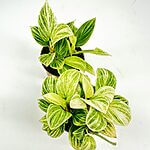 Philodendron White Wave Birkin
Philodendron White Wave Birkin



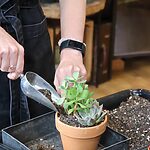
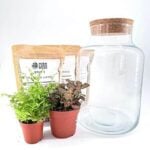
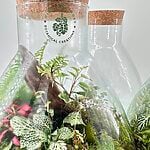
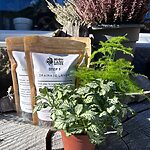

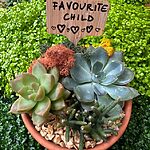
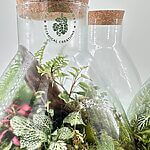


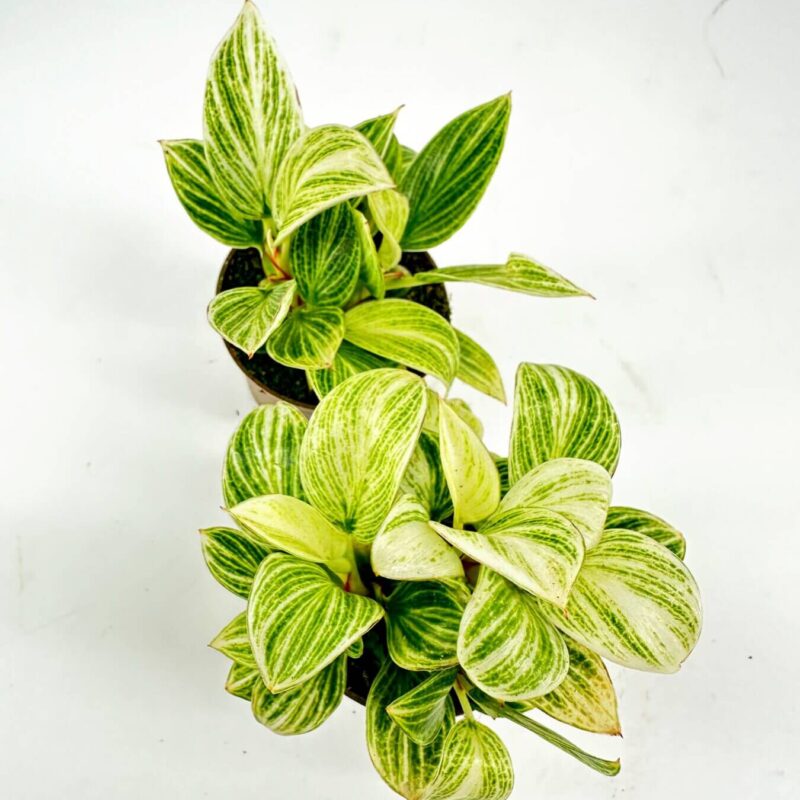






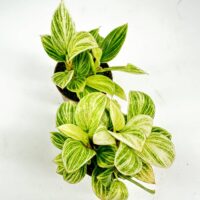
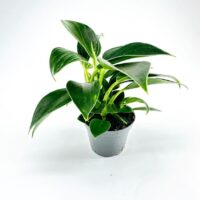
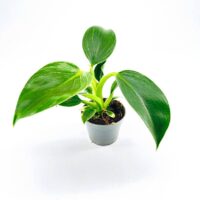
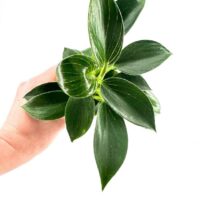
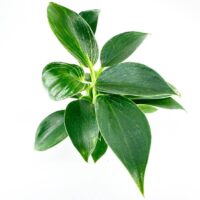

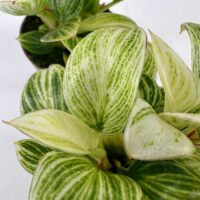
Reviews
There are no reviews yet